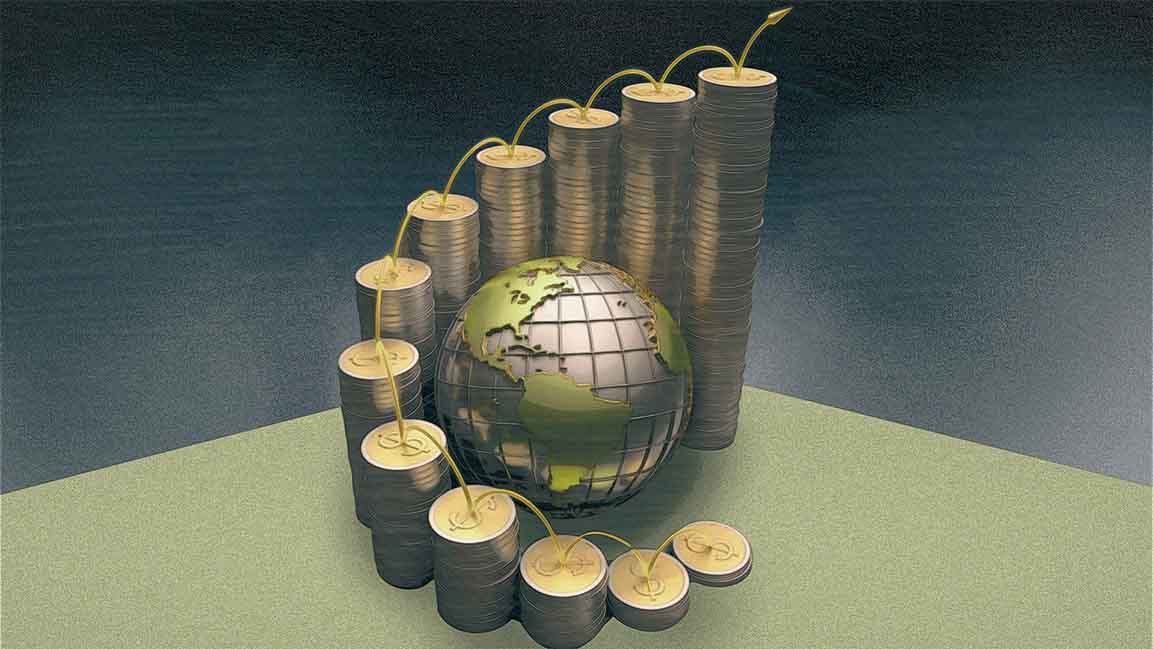- | 1:00 pm
World Bank plans to increase MENA climate financing to $10 billion by 2025
The funding will help countries better prepare for and respond to future natural disasters.

Now accepting applications for Fast Company Middle East’s Best Workplaces For Women 2023. Click here to register.
By 2025, the World Bank aims to increase climate financing for the Middle East and North Africa (MENA) region to $10 billion, which will help support resilient projects and reduce net emissions.
In a statement to the Emirates News Agency, Meskerem Brhane, Regional Director for Sustainable Development, Middle East and North Africa for the World Bank, said, “In the last three years (from 2021 to 2023), we have provided $6.3 billion in climate financing for the region.”
“Last year, we provided $800 million in climate-related financing to Morocco, Jordan, and Lebanon,” added Brhane.
Similarly, Brhane noted that the World Bank is getting closer to achieving 100% of new operations aligning with the goals of the Paris Agreement.
Speaking on the UAE’s COP28, Brhane said, “By hosting this event, the UAE signals its leadership in climate change, its ability to work with other countries to tackle global issues, and its ambition in this space.”
Regarding energy transition, the GCC nations can connect their growth with climate action and decarbonization adoption, which could potentially grow the region’s GDP to over $13 trillion by 2050.
“The GCC is already ahead in developing green and blue hydrogen projects,” she added.
The private sector’s investment in climate initiatives in the GCC is also crucial, explains Bhrane. She highlights that such investments are needed to transform resource consumption, energy production, manufacturing processes, and other economic activities.
The World Bank has also published the Country Climate and Development Reports for MENA, aiming to push countries to identify vital climate risks and the potential impact on the country’s development.
































